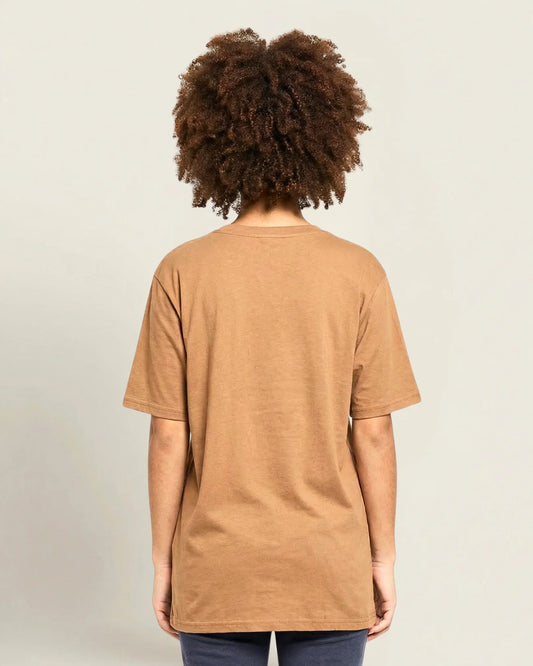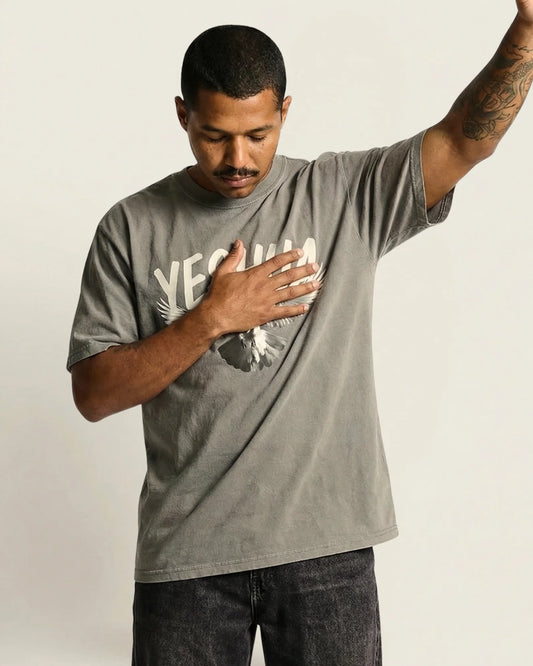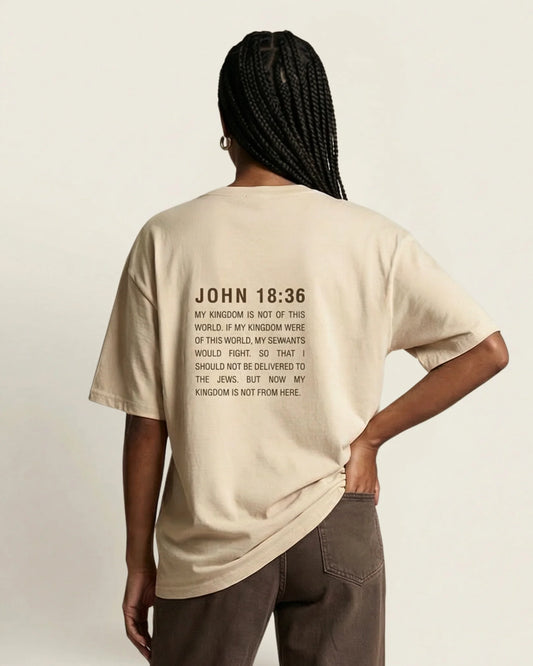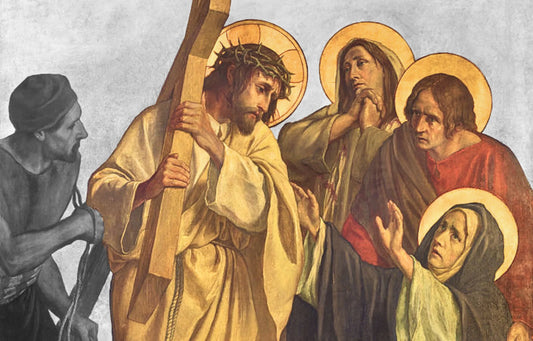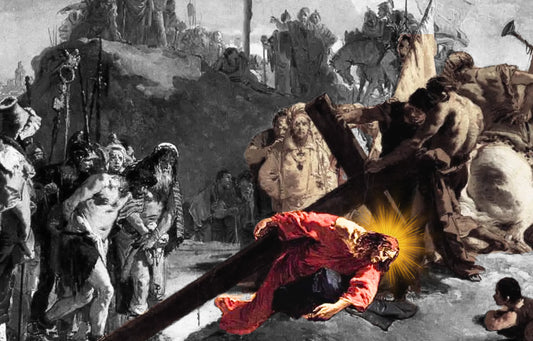Purple in the Bible is far more than just a royal hue—it’s a powerful symbol of authority, wealth, and priestly holiness. From the rich curtains of the tabernacle in Exodus 26:1 to the regal garments in Judges 8:26, purple appears as a color reserved for the sacred and the sovereign. To understand how purple fits into the broader symbolic tapestry of colors in the Bible, let’s dive into its rich, spiritual significance.
What Does Purple Symbolize in the Bible?
Royalty and Kingship
In Scripture, purple is the color of kings, courts, and divine commissioning. Judges 8:26 describes Midianite royalty adorned in purple robes, signifying dominion and prestige. Daniel 5:29 recounts how Daniel was robed in purple and elevated to third in command of Babylon—a political act loaded with symbolism. During Jesus’ Passion, Mark 15:17 tells how Roman soldiers mockingly draped Him in a purple cloak, unaware that their sarcasm was declaring a deeper truth: Jesus was the King of kings.
Purple was a statement. It wasn’t simply rare—it was nearly priceless. The dye was extracted from the Murex snail, and it took approximately 10,000 snails to produce a single gram of Tyrian purple dye (Cardon, 2007, Natural Dyes). This scarcity gave it an elite status across the ancient Mediterranean world.
Wealth and Status
Purple garments were synonymous with luxury. Luke 16:19 describes a rich man “clothed in purple and fine linen,” emphasizing both fashion and affluence. Revelation 18:16 echoes this, as merchants lament Babylon’s fall, mourning her lavish wardrobe of “fine linen, purple, and scarlet.”
Roman sources such as Pliny the Elder (Natural History, Book IX, 1st century CE) confirm that purple dye could cost 20 times its weight in gold. By the 3rd century CE, imperial edicts reserved certain shades for the emperor alone. The textile itself became a status symbol as much as a material.
Priestly Holiness
In Israel’s liturgical design, purple had sacred significance. Exodus 26:1 and 28:6 specify that purple yarn be used in the tabernacle curtains and priestly ephods. This wasn’t aesthetic—it was theological. Purple marked a space as holy and a person as set apart.
Scholar Michael Morales (2015) explains, "The tabernacle’s colors reflect the celestial realm. Purple, interwoven with gold and blue, links priesthood with royal sonship—God dwelling among His people as King and Priest" (Who Shall Ascend the Mountain of the Lord?).
Why Was Purple So Valuable in the Ancient World?
Tyrian Purple: A Rare Commodity
Tyrian purple came from Bolinus brandaris and Hexaplex trunculus, sea snails native to the Phoenician coastline. The extraction process required rotting the mollusks under sun exposure—time-consuming, smelly, and labor-intensive. The resulting dye bonded with fabric permanently, creating vibrant hues that didn’t fade.
By the 1st century CE, the Roman Empire tightly controlled purple production. According to Suetonius (The Twelve Caesars, c. 121 CE), Emperor Nero made it a capital crime for anyone outside the imperial household to wear it. Purple ceased to be just a color—it became an emblem of legal and divine authority.
Economic and Political Power
The Phoenician city of Tyre became fabulously wealthy exporting purple. Tyrian purple was a primary trade good across the ancient world. Ships laden with dyed garments traveled as far as Carthage, Egypt, and Rome.
As theologian John Walton states, “Colors in the ancient Near East were not decorative—they were codified. To wear purple was to wield power, invoke deity, and mark yourself as chosen” (Ancient Near Eastern Thought and the Old Testament, 2006).
Purple in Prophecy and Revelation
Babylon the Great
Purple turns ominous in apocalyptic texts. Revelation 17:4 describes the great harlot “clothed in purple and scarlet,” symbols of excess and moral decay. In Revelation 18:16, purple is tied to Babylon’s fall—its merchants lament the loss of profit and prestige.
This is not incidental. The Book of Revelation recasts temple imagery to critique corrupt empires. Purple, once sacred, now adorns those who mock God. It’s a visual theology of reversal.
Dual Symbolism
Purple contains theological tension. It can honor God or elevate idols. Context determines meaning. Craig Keener (2000) writes, “John’s Apocalypse retools symbols from the Hebrew Scriptures—not to discard them but to indict Rome. Purple becomes both the robe of the high priest and the cloak of counterfeit power” (Revelation, NIV Application Commentary).
Jesus and the Purple Robe
Mocking the Messiah
In Mark 15:17 and John 19:2–5, Roman soldiers dress Jesus in a purple robe to ridicule His claim to kingship. Their actions are performative satire—but in God’s providence, they declare a spiritual reality. Jesus, bruised and bound, wears the color of majesty.
What they meant as mockery, God used as prophecy. This robe visually links Jesus to the Davidic monarchy and hints at His coming exaltation.
Fulfillment of Prophecy
This moment fulfills Isaiah 53, where the Servant is humiliated before being exalted. The purple robe becomes a hinge between suffering and glory. Jesus’ coronation begins not on a throne, but through thorns and ironic regalia.
Overlooked Interpretations
Color Blending Theology
Purple is a fusion—red and blue. In biblical symbology:
Together, they create purple: the merging of heaven and earth. In temple architecture (Exodus 26), purple fabric hung between sacred spaces—embodying the meeting of God and humanity. It prefigures the Incarnation.
Adolphe Lods (1932) argued that “color served as theological shorthand in Hebrew thought” (Israel from Its Beginnings to the Middle of the Eighth Century). Purple silently preached mysteries too great for speech.
Liturgical Use Today
Purple still speaks in the Church calendar. During Advent and Lent, clergy wear purple to signal repentance, expectancy, and preparation. It marks both sorrow and sovereignty—a call to examine one’s heart while awaiting the King.
This use of purple aligns with early Church tradition. The Apostolic Constitutions (4th century CE) prescribe purple as a vestment color for penitential seasons.
Jewish Usage Beyond the Bible
The Talmud contains discussions on argaman (purple) and tekhelet (blue), especially in relation to priestly garments. In Menachot 4:1, rabbis debate the ritual acceptability of various dyes. While tekhelet became central in tzitzit, argaman remained linked to the temple and sacrificial rites.
Quick Biblical References to the Color Purple
- Exodus 26:1 – Tabernacle curtains of blue, purple, and scarlet
- Exodus 28:6 – Ephod made of gold and purple
- Judges 8:26 – Kings of Midian wear purple
- Daniel 5:29 – Daniel clothed in purple
- Mark 15:17 – Jesus mocked with a purple robe
- John 19:2 – Soldiers place a purple robe on Him
- Luke 16:19 – Rich man clothed in purple
- Revelation 17:4 – The woman in purple and scarlet
- Revelation 18:16 – Babylon dressed in purple
What Purple Teaches Us Spiritually
Purple is never accidental in Scripture. It signals set-apartness—whether sacred or profane. Its cost, rarity, and symbolism create a visible theology of power, purity, and paradox.
Purple draws a line. Will we follow kings of this world—or the Servant-King who wore it in mockery and rose in majesty?
As Augustine once wrote, "The purple of the King was soaked in the blood of the Lamb."
In that paradox lies the hope of the Gospel.


